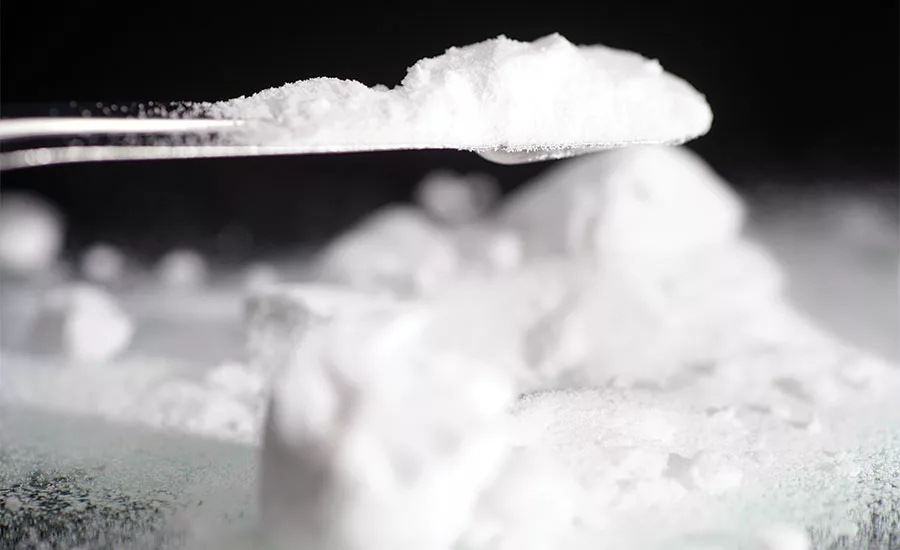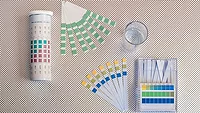What’s the Value of Soda Ash for Drilling Jobs?

Water can have a primary influence on the success of any type of drilling. The efficiency and success of drilling projects can be easily determined by the water used. If you think about it, this makes sense, since water makes up 95 to 99 percent of the drilling fluid you are using.
My team and I spend a significant amount of time talking about water during our mud schools, and answering calls from drillers having difficulties. There are all kinds of water sources: hydrants, well waters, river water, lake water and even water from a ditch. I have certainly seen it all. Water quality can be affected by both dissolved solids (calcium, sodium, minerals/metals content) as well as by grit and sand content.
Drilling contractors in the field having problems with their drilling fluids should ask themselves the following questions:
- What is my water source?
- What is in my mix?
- Was it doing the same thing yesterday or on another jobsite?
- Is the drilling fluid separating or bleeding water?
- Did I check my water chemistry?
Oftentimes, the answer to the last question is “no.” Therefore my next question is, “How do you know your water is good?” I usually hear, “It’s city water, so it’s gotta be good … right?” Not necessarily.
If the problem cannot be solved on the phone, I will visit the site. Once I arrive, I always check the water/mud tank first. I check the pH of the fluid in the tank with pH test strips, and the majority of the time the pH is close to 7, which is neutral. This is too low for bentonite drilling fluids.
I show the result to the customer and they say, “So is it fixed? Am I good to go?” The answer I give is that the pH is too low and it needs to be increased to 8.5-9.5. In order to raise the pH to this range, soda ash is needs to be added. Often, the contractor does not have soda ash readily available.
Soda ash! If you have sat through a mud school, you have heard all about it. Yet drillers can be resistant to use it. What does soda ash actually do? Why do I need it? Does it add a lot of cost? Let’s answer these questions.
What Does It Do?
First, it brings the pH level to the optimal range of 8.5-9.5. This pH range is the “sweet spot” for bentonite. The high pH and carbonate anion half work to precipitate out calcium and magnesium and this is the major benefit to adding soda ash. Additionally, the elevated pH produced by soda ash will also increase the negative charge on the bentonite platelet surfaces. As a result, more water is adsorbed, the platelets swell and are more easily dispersed into individual platelets by mixers.
Why Do I Need It?
The answer is simple. Water makes up 95 to 99 percent of your drilling fluids, and bad water equals bad drilling fluids. If you do not check your water, you must assume it’s not good. Hard water, which is high in calcium or magnesium, disrupts the electrical stability of bentonite clay. This results in lower viscosity, lower gel strength (suspension) and poor filtration (borehole stability).
Does It Add a Lot of Cost?
Absolutely not! In fact, in the long run it will save money by preventing downtime. The usual treatment is one-quarter to one-half pound per 100 gallons, or about 5 pounds for a 1,000-gallon tank. This is often cheaper than a cup of coffee. Factor in downtime due to poorly hydrated bentonite, and the savings start to add up quickly!
Therefore, the next time you attend one of our mud schools or training sessions and you hear us going on about “make-up water” and “soda ash,” make sure you take notes! It may be the most important thing you learn. Always keep soda ash in stock and use it.
Looking for a reprint of this article?
From high-res PDFs to custom plaques, order your copy today!





